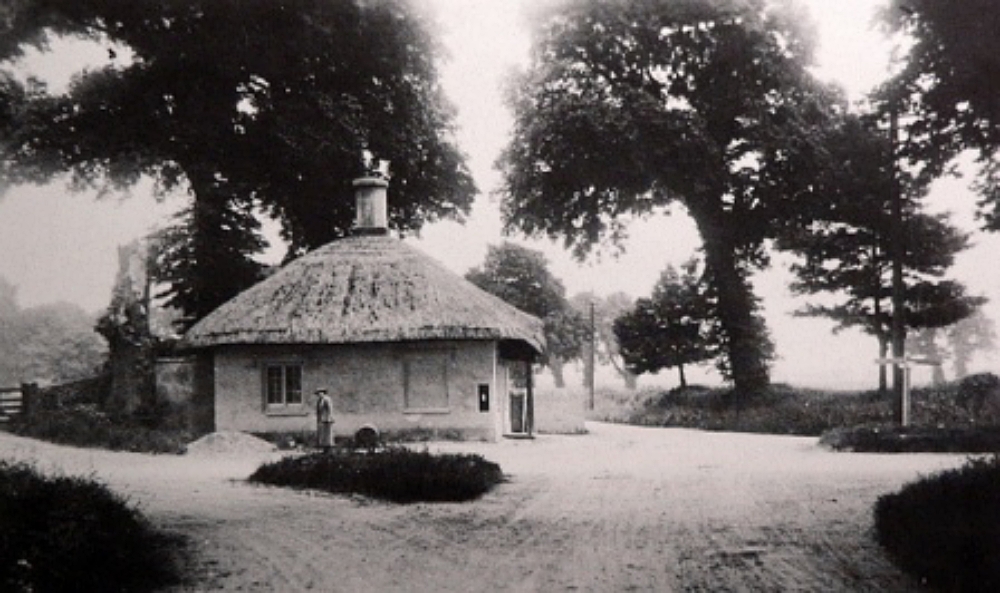Goring at the Crossroads
Today, the roundabout where Titnore Lane joins up with the dual carriageways of Littlehampton Road and Goring Street is alive from morning ’til night with the hustle, bustle and roar of cars, lorries and buses. It is now one of the most consistently busy traffic junctions in the borough of Worthing.
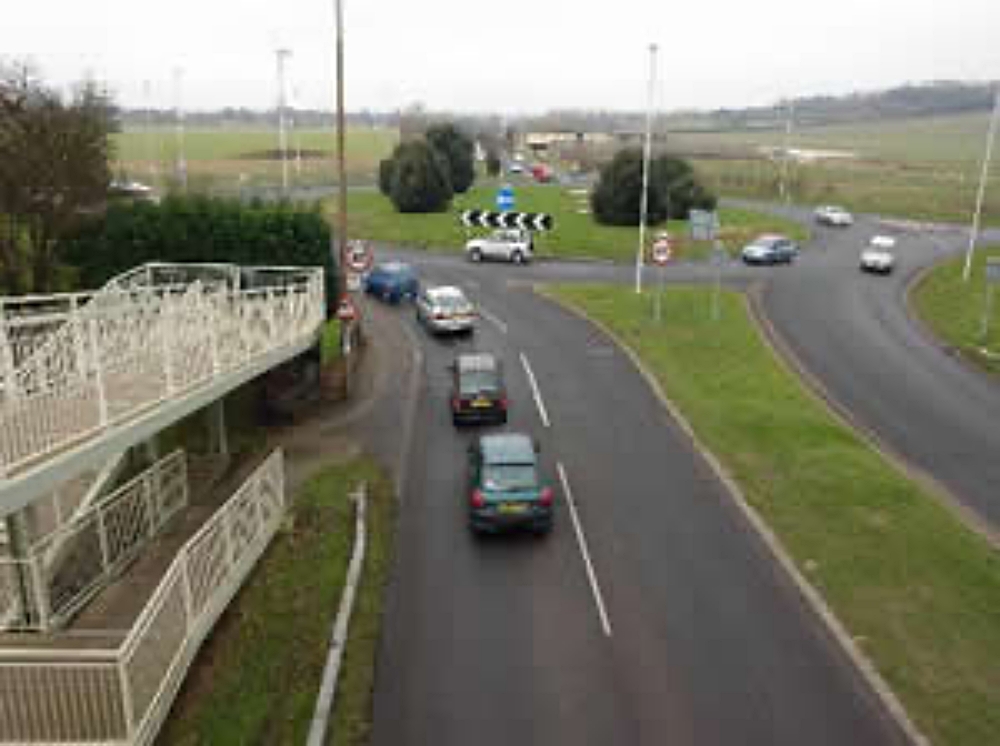
What a startling contrast with 40 years ago, when the occasional motorised visitor to the same area had to negotiate narrow country lanes and give due regard to pedestrians taking an afternoon stroll amid the green and leafy countryside.
JUST how much change there has been here in half an average person’s lifetime is emphasised by the pictures below of the area 40 years and more ago, of what was then known as Goring Crossways.
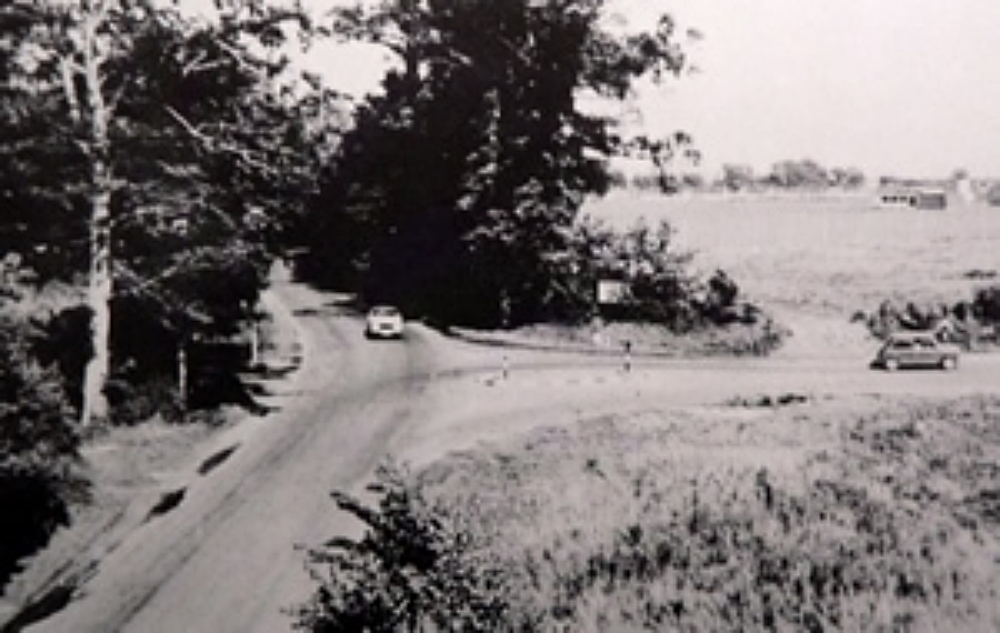
Compare them with the picture top left taken last week of the roundabout that now sprawls across the same area, with its dual-carriageway tentacles reaching southwards to Worthing, eastwards towards Broadwater and westwards in the direction of Littlehampton.
Nor must one forget the possibility that in the near future there may be another, broadened, “tentacle” leading northwards towards the 800 new homes planned next to Titnore Lane.
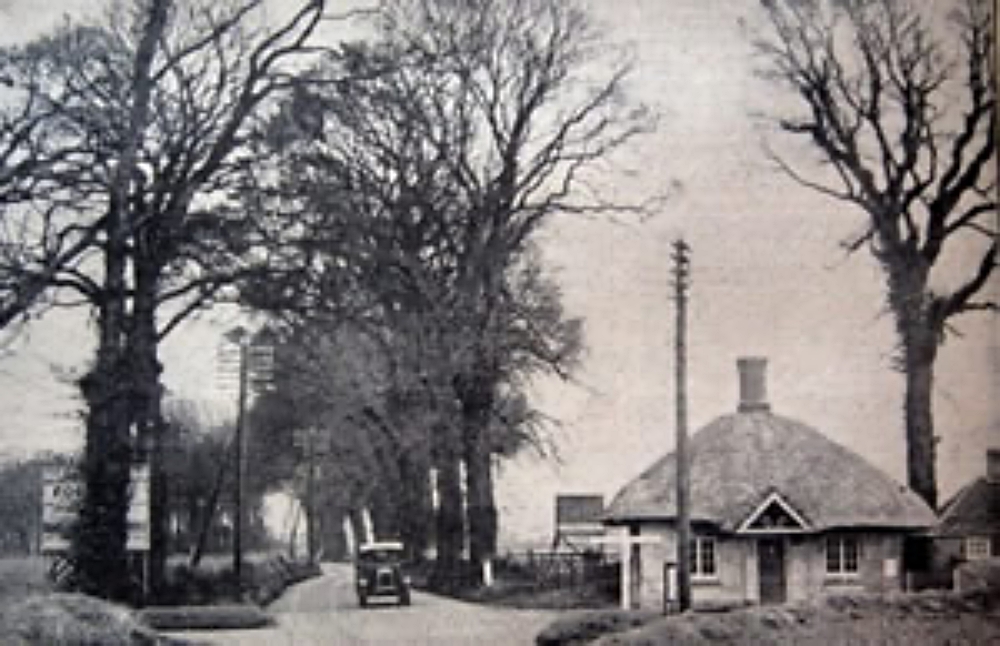
During the first half of the last century, in the heyday of the scenic picture postcard, Goring Crossways (or crossroads as it eventually became) was one of the most popular local views, portrayed from every possible direction and reproduced on thousands of postcards sent by local visitors to many parts of the world.
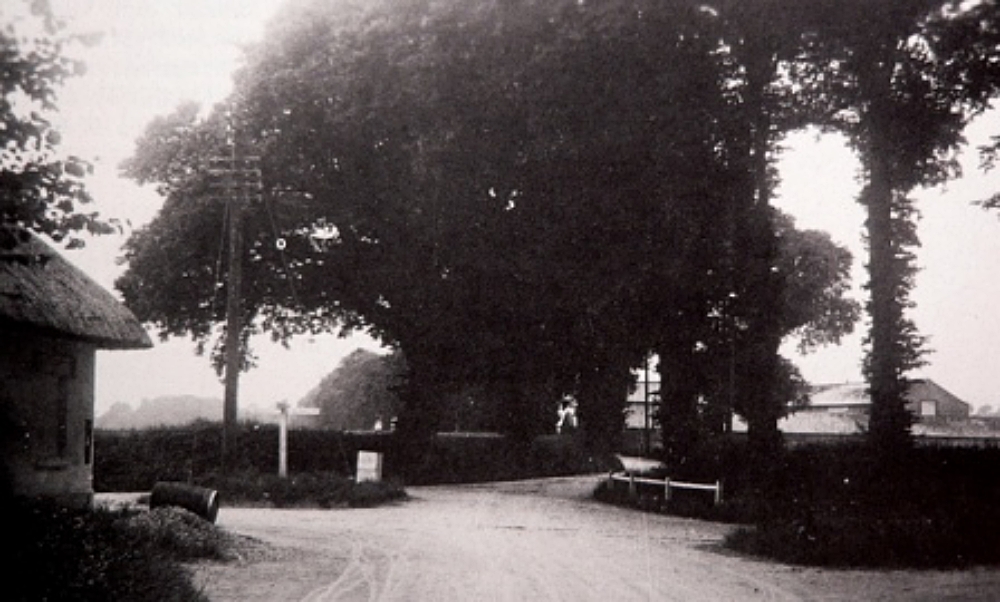
That so many photographers chose to picture a crossroads in Goring owed much to the presence at the junction of an attractive thatched cottage, once used as a tollhouse. It was the demolition of this landmark cottage, in August, 1938, that signalled the beginning of several major redevelopment schemes across Goring.
